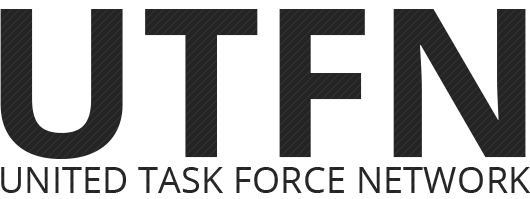Every infantryman operates within a buddy team, ensuring that everyone always has someone to rely on in combat. This approach provides mutual protection and improves combat effectiveness. Standardised in the platoon, buddy teams can be adjusted by fireteam leads based on the situation. The specific composition is indicated on the ORBAT.
Responsibilities
- Always stay close to your buddy, within verbal range (shouting/talking distance) at all times.
- Keep your buddy informed of your movements and actions to maintain situational awareness.
- Cover your buddy’s movements, opposing sectors, and vulnerable moments.
- If your buddy goes down, quickly assess the situation, provide cover, and extract them to safety.
- Maintain mutual accountability, losing track of your buddy is as much your responsibility as theirs.


